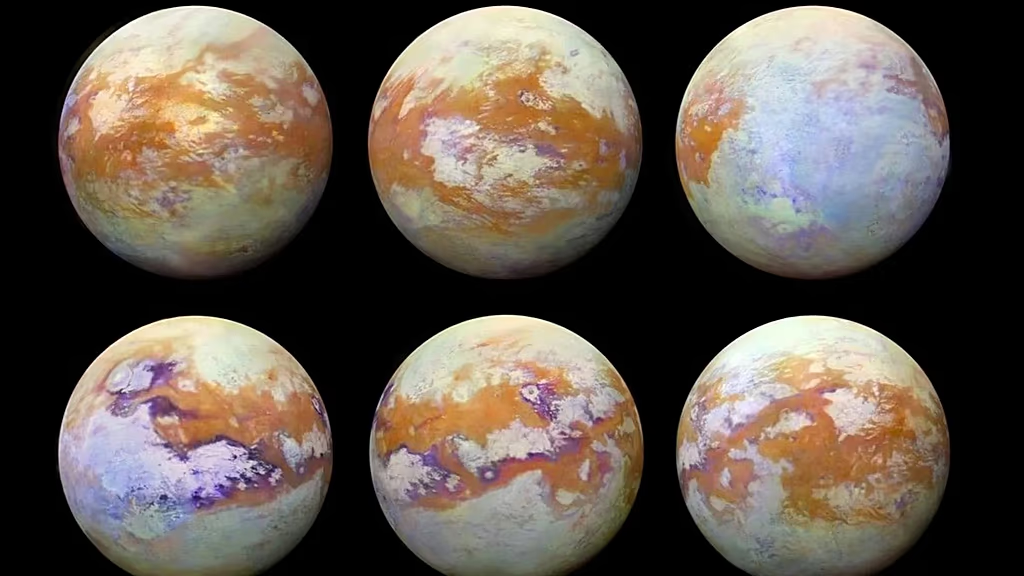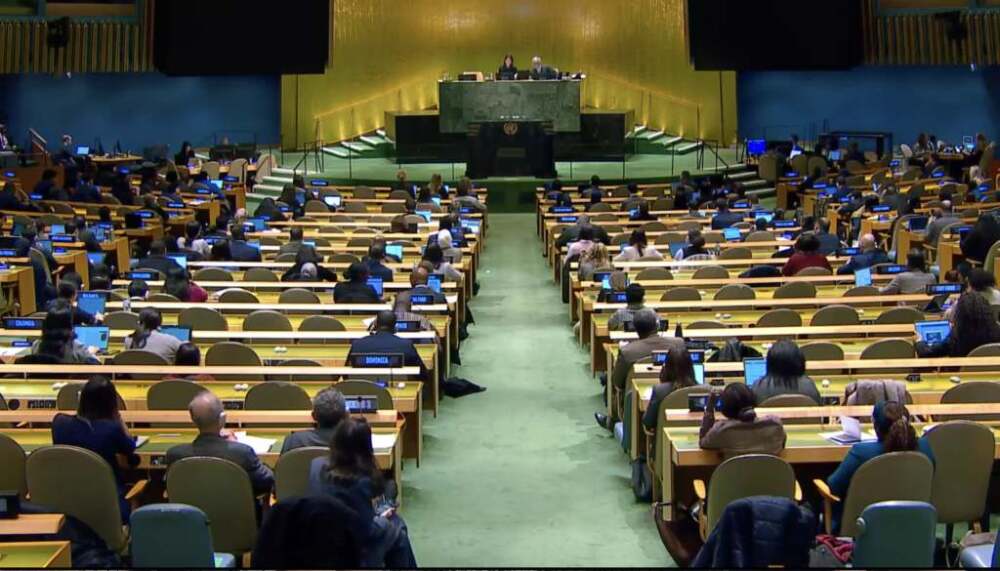Scientists have issued a stark warning about a potential long-term climate threat brewing deep beneath the surface of the Southern Ocean. This vast body of water, which has acted as one of Earth’s most important carbon and heat absorbers, may one day release its stored energy in a massive “burp” — a delayed reaction that could reignite global warming even after human emissions decline.
The Ocean’s Secret Role in Climate Regulation
For decades, the Southern Ocean surrounding Antarctica has helped shield the planet from the full force of climate change. It absorbs nearly half of the excess heat and a significant portion of the carbon dioxide generated by human activities. Its cold, deep waters and powerful circulation patterns allow it to trap this heat and carbon far below the surface, slowing global temperature rise.
But scientists now believe that this process may have an unexpected consequence. When the planet eventually cools and emissions drop, the deep ocean may begin to release — rather than absorb — the heat and carbon it has stored for centuries.
The “Burp” Effect Explained
Climate models suggest that once atmospheric carbon dioxide levels stabilize or decline, the Southern Ocean’s deep layers will start to mix upward, gradually releasing their trapped heat and CO₂ back into the atmosphere. This release could cause a new surge in global temperatures, even in a future where fossil fuel use has sharply decreased.
The phenomenon, described by researchers as an oceanic “burp,” could last for hundreds of years. It may not only delay the cooling of the planet but also push temperatures higher in the Southern Hemisphere, affecting weather patterns, ecosystems, and sea-level rise.
Long-Term Implications
The findings underscore that stopping emissions alone won’t immediately halt global warming. Even if humanity achieves net-zero targets, the Earth’s climate system will continue to respond to past emissions stored in the oceans. This delayed feedback means the world could experience renewed warming long after carbon pollution peaks.
The Southern Ocean’s “burp” also highlights regional inequalities in climate impacts. Because the effect is expected to be strongest in the Southern Hemisphere, nations such as Australia, New Zealand, and those across South America, Africa, and South Asia could face the most intense consequences — including altered rainfall, stronger storms, and accelerated ice melt.
Why It Matters Globally
This research serves as a reminder that the climate system is complex and deeply interconnected. The oceans, which have acted as Earth’s greatest climate buffer, may also become a future driver of change if global temperatures continue to rise unchecked.
For policymakers, this means long-term climate planning must account for delayed oceanic feedback. Cutting emissions remains vital, but equally important are strategies for carbon removal, ecosystem restoration, and climate adaptation to handle future warming that could occur naturally from ocean processes.
A Call for Preparedness
The Southern Ocean’s potential “burp” is not expected to happen immediately — it may unfold centuries from now — but its possibility emphasizes the lasting legacy of today’s choices. Humanity’s current actions are not just shaping the next few decades but setting the stage for the planet’s climate centuries ahead.
In essence, the Southern Ocean holds both our past and our future. The question now is whether we can act quickly enough to ensure that its eventual “burp” doesn’t bring back the very warming we are fighting so hard to stop.















Leave a Reply